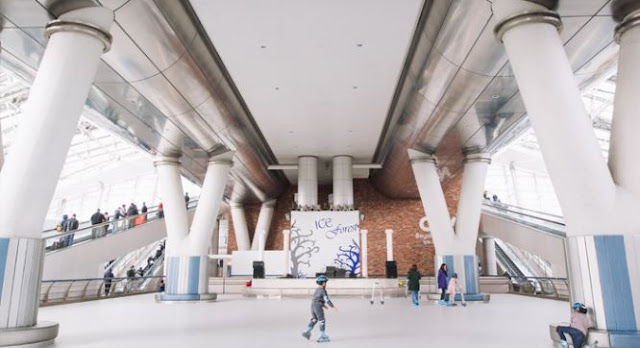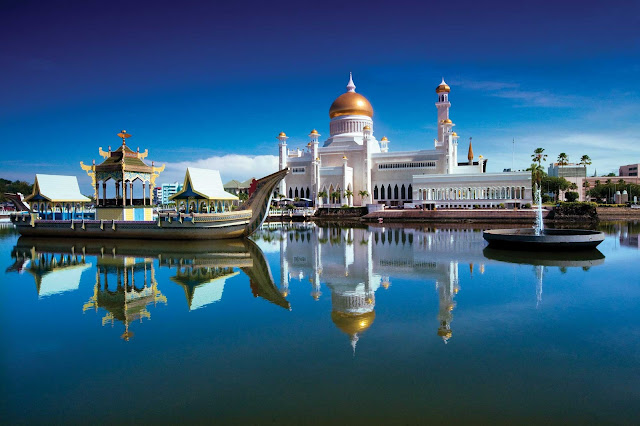6 ways to enjoy Macao
6 ways to enjoy Macao
Macao was the first and the last European colony in China. It is a diverse, multicultural city that has Cantonese and Portuguese culture. There are more than just casinos and resorts. Let's check out!
1. Temples & Churches
Macao houses a treasure trove of ancient Chinese temples, which have served as the pivotal places of worship for hundreds of years. By visiting Macao’s diverse temples, sightseers can learn more about traditional Chinese beliefs and the city’s historical origin as a fishing village.
And, when the Portuguese arrived in Macao more than four and a half centuries ago, they brought Catholicism with them and built many churches and convents. Visit uniquely designed churches and learn more about their fascinating history.

A-Ma Temple already existed before the city of Macao came into being. A-Ma Temple is an exemplary representation of Chinese culture inspired by Confucianism, Taoism, Buddhism and multiple folk beliefs.

Built in 1928, Chapel of St. Francis Xavier follows the baroque style of Macao's major churches. It has a cream and white facade with oval windows and a bell tower.
2. Museums & Galleries |
Visiting museums and exhibitions in Macao is an enjoyable, sure-fire way to make your visit more memorable and to gain more knowledge about this fascinating city and its history, plus its culture of ‘East meets West’ over the past four and a half centuries.
The Macao Tea Culture House - an imposing edifice featuring southern European elements and a Chinese tiled roof - complements the Portuguese-style buildings in the area magnificently as well as the surrounding Suzhou-inspired landscape of Lou Lim Ieoc Garden.
Built before 1869, this was the traditional Chinese residential compound home of prominent Chinese literary figure Zheng Guanying. It is a traditional Chinese compound consisting of several courtyard houses, displaying a mix of Chinese and Western detailing, such as the use of gray bricks against arched ornamentations and Chinese timber lattice windows against mother-of-pearl window panels of Indian origin.
3. Macanese cuisine
A special combination of Portuguese and Chinese cuisine, with ingredients and seasonings assembled from Europe, Africa, and South East Asia, Macanese cuisine is uniquely irresistible. Renowned for its flavour-blending culture, and common cooking techniques such as baking, grilling, and roasting, Macanese food - with over 450 years of history - is typically seasoned with spices such as turmeric and cinnamon, while a dash of coconut milk tops off the unforgettable aroma and taste.
4. Shopping
Reflecting a dramatic growth in tourism, numerous major luxury brands are conveniently available in Macao. Shopping in the territory need not be limited to an increasing number of international label boutiques in hotels as a variety of local brands and souvenir shops offer quality goods ideal for gifts for family and friends.
With its addition of nearly 100 personalized boutiques and galleries, Shoppes at Cotai Central combines with Shoppes at Venetian and Shoppes at Four Seasons to offer a staggering 600 stores, the most in any one single location in all of Macao. This shopper’s paradise includes some exciting new first-to-market brands in Macao and is set in a refreshing environment abundant in natural light, with cascading waterfalls, verdant backdrop, and rocky cliff faces.
5. Streets & Alleys
Coloane Village, located on the southwestern coast of Coloane, is the island's main settlement.The village centers on Eduardo Marques Square, which is a rectangle paved in cobblestones that are black, white and yellow, laid out in a wavy pattern reminiscent of the sea. The square faces a seaside promenade that traces the channel dividing Macau from the hills of China proper. At the eastern end of the square stands the Chapel of St. Francis Xavier, built in 1928.
Visit the Taipa Village and feel the living history in a quiet, beautiful small town. You can see many of local artists' artwork.
Rua de Felicidade("The street of joy") is a very well-known old street in the southwest of the Macau Peninsula. This vintage atmosphered street became famous for a Korean movie "The Thieves".
Here's the best spot for photos, "Travessa da paixão". 'Paixão' means 'love, infatuation, and suffering", which could be related to the story about the suffering of Jesus Christ. As for its Chinese name, 'paixão' is interpreted as 'being in love', giving the alley a romantic touch.
6. Events & Festivals
Macao boasts a unique festival culture, including such traditional Chinese celebrations as Lunar New Year, Feast of the God Tou Tei, the Tun Ng Festival (Dragon Boat Festival) as well as the important Western festivals of Easter, Procession of Our Lady of Fátima, and Christmas.
Parade for Celebration of the Year of the Rooster, 2017
 |
| (Source: Macao Magazine) |
 |
| (Source: Macau Lifestyle) |
In addition, many large-scale international events are held in Macao such as:
Macao Arts Festival, Macao Lotus Flower Festival, Macao International Fireworks Display Contest, Macao International Music Festival, etc.
The city’s architecture, art, religion, traditions, food, and community reflect the integration of Chinese, Western and Portuguese cultures. Macao is an open minded city for the travelers from all over the world.
Play with planetwith!
http://www.planetwith.com
Source: MACAO GOVERNMENT TOURISM OFFICE (http://en.macaotourism.gov.mo/)
MACAO GOVERNMENT TOURISM OFFICE Official Blog (http://blog.macaotourism.kr/)
Governo da Região Administrativa Especial de Macau (https://macaostreets.iacm.gov.mo/)





















Comments
Post a Comment